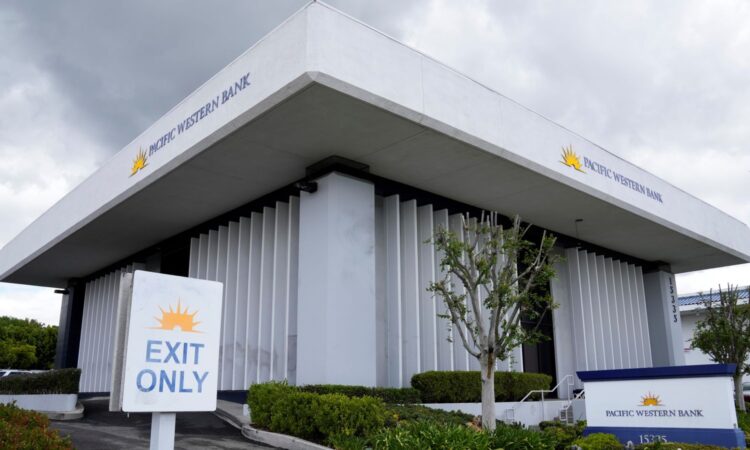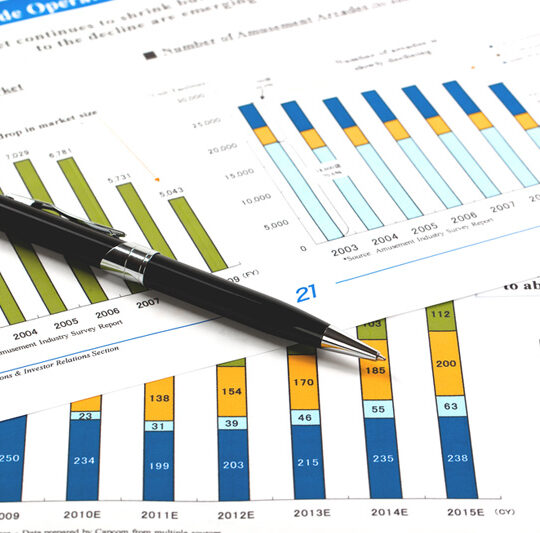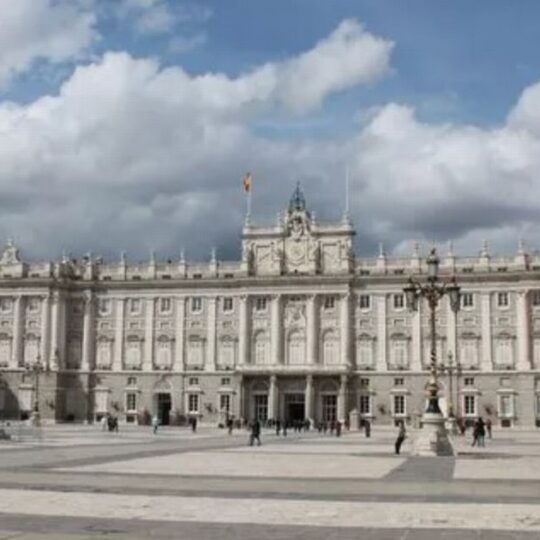
The US banking crisis continues to deepen despite assertions by Federal Reserve Chairman Jerome Powell on Wednesday that the turmoil surrounding regional banks had been brought under control.
Asked at a press conference whether the regional bank situation was at an early or late stage, Powell replied that the issues with the three major banks at the “heart of the stress” had been resolved with the protection of all depositors, and the sale of First Republic was “an important step toward drawing a line under that period of stress.”
It took less than 24 hours for that happy scenario to be torn apart as the official fiction that the US banking system is “sound and resilient” was further exposed.
The next phase of the crisis began on Wednesday, only hours after Powell’s remarks, when shares in the California-based bank PacWest plunged 50 percent in after-hours trading on reports that the company was considering selling itself.
The selloff extended yesterday as PacWest shares dropped to $3.17, their lowest level on record, having lost 85 percent since the SVB crisis started on March 8.
Other regional banks also came under heavy selling pressure. The shares of the Memphis-based bank First Horizon fell by 33 percent, as Canada’s TD Bank said its planned $13.5 billion acquisition of the bank had been scrapped because of uncertainty about regulatory approval.
The shares of Western Alliance, a bank based in Arizona, fell 39 percent on reports, which it strenuously denied, that it was exploring the possibility of a sale.
The KBW Nasdaq regional bank share index dropped by 3.5 percent yesterday, bringing its total fall since the start of the crisis in March to around 30 percent.
The plunge in PacWest shares is particularly significant because, according to the Financial Times, more than three-quarters of its lending is in real estate, which is being hard hit by the interest rate hikes of the past year.
The crisis began with a bank run at SVB because of the loss in market value of Treasury bonds it had accumulated when it was flush with cash during the period of the Fed’s ultra-low interest rates.
There are now warnings that the fall in share prices is setting off a new dynamic that leads to depositors deciding to withdraw their money.
An article in the Wall Street Journal noted that “continued pressure” showed how hard it might be to stop the downward spiral in regional banks, even in cases where they were making healthy profits, because the fall in share prices unnerved investors.













